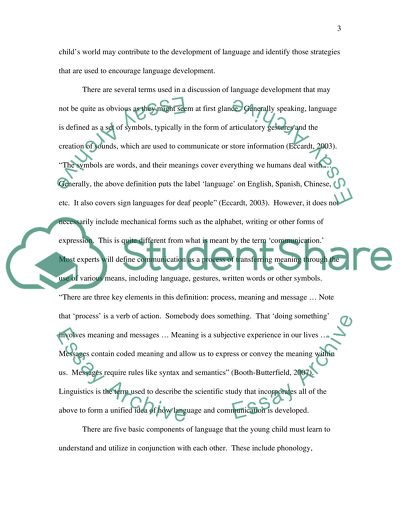Cite this document
(A Discussion of Language Development Case Study, n.d.)
A Discussion of Language Development Case Study. Retrieved from https://studentshare.org/education/1545178-parents-play-an-essential-role-in-the-development-of-their-childs-languagediscuss
A Discussion of Language Development Case Study. Retrieved from https://studentshare.org/education/1545178-parents-play-an-essential-role-in-the-development-of-their-childs-languagediscuss
(A Discussion of Language Development Case Study)
A Discussion of Language Development Case Study. https://studentshare.org/education/1545178-parents-play-an-essential-role-in-the-development-of-their-childs-languagediscuss.
A Discussion of Language Development Case Study. https://studentshare.org/education/1545178-parents-play-an-essential-role-in-the-development-of-their-childs-languagediscuss.
“A Discussion of Language Development Case Study”. https://studentshare.org/education/1545178-parents-play-an-essential-role-in-the-development-of-their-childs-languagediscuss.


